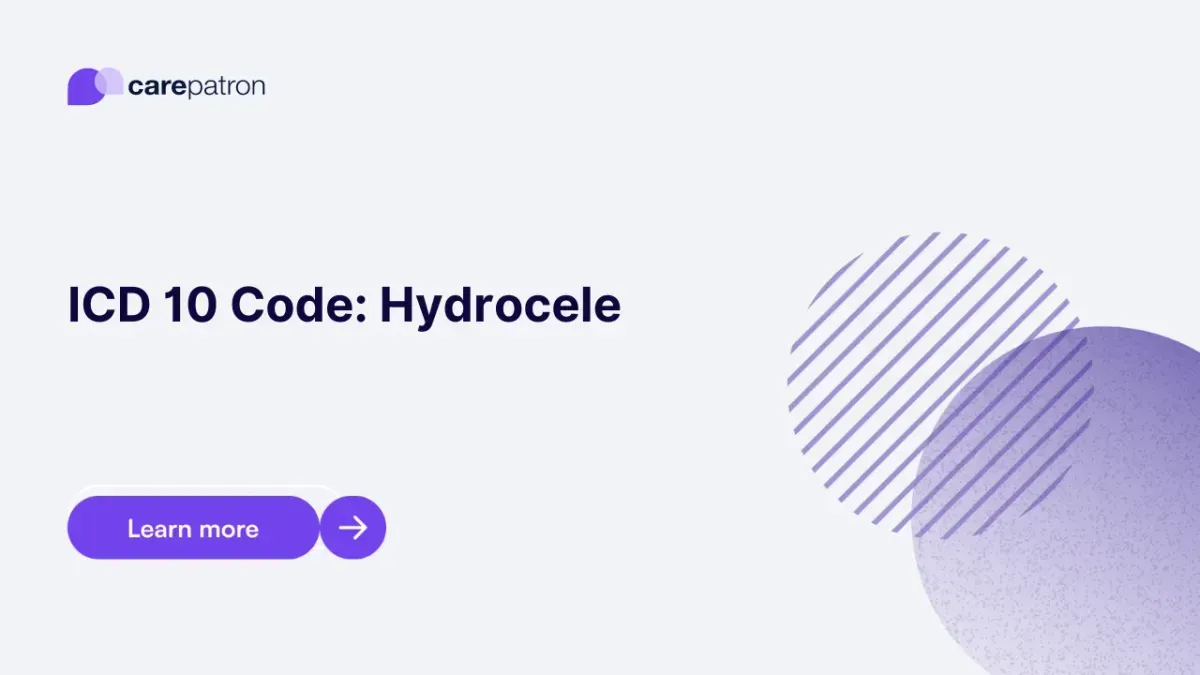
Hydrocele ICD-10-CM Codes
Read this short guide to learn about Hydrocele ICD codes you can use!
Use Code
Commonly asked questions
Hydroceles on their own should not affect a person’s fertility.
Hydroceles usually don’t require treatment, and they disappear on their own.
Like with any surgical procedure yes, hydrocelectomy has risks, like scrotal injury, scrotal nerve damage, blood clots, bleeding, and infections.
EHR and practice management software
Get started for free
*No credit card required
Free
$0/usd
Unlimited clients
Telehealth
1GB of storage
Client portal text
Automated billing and online payments
